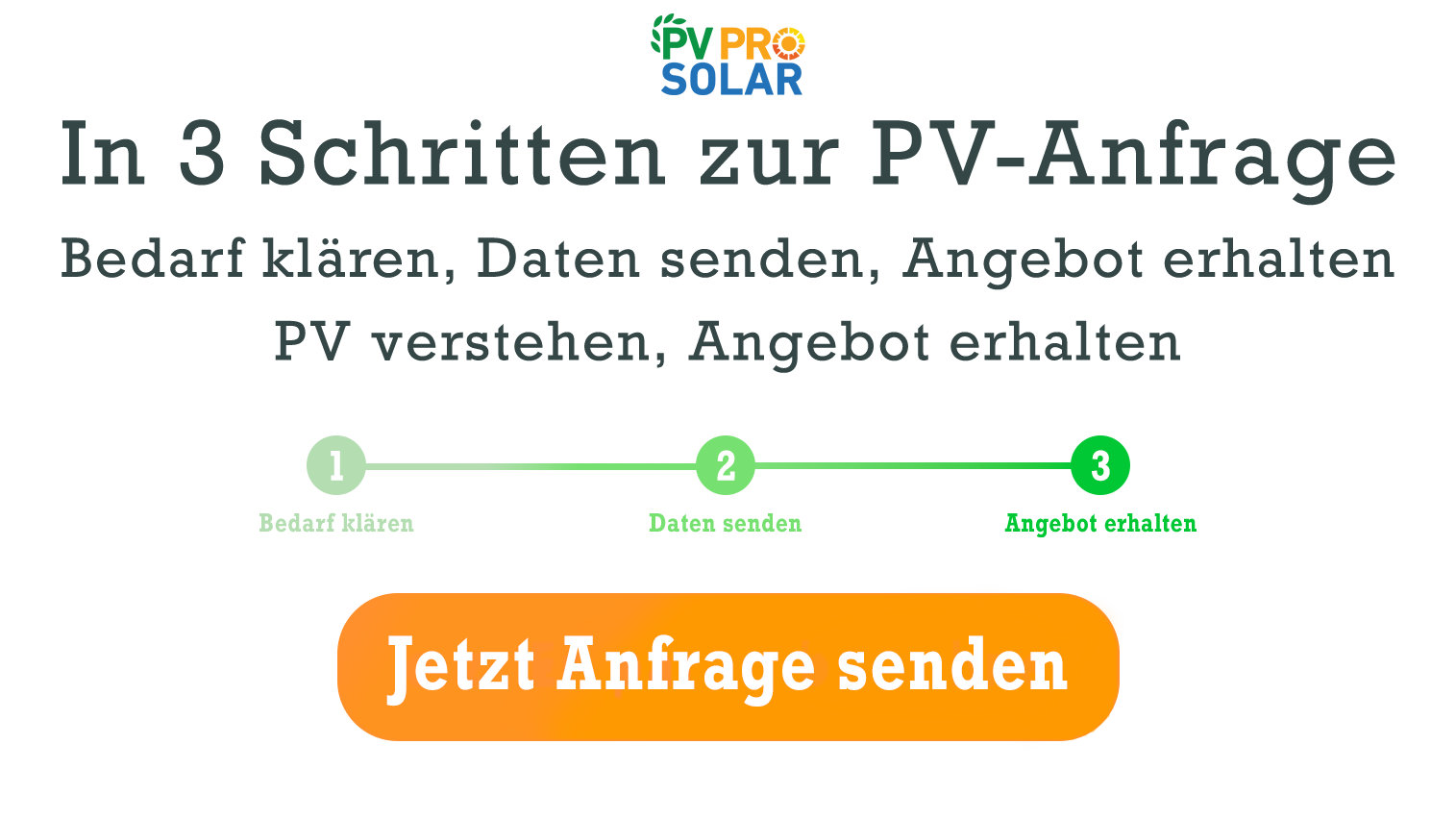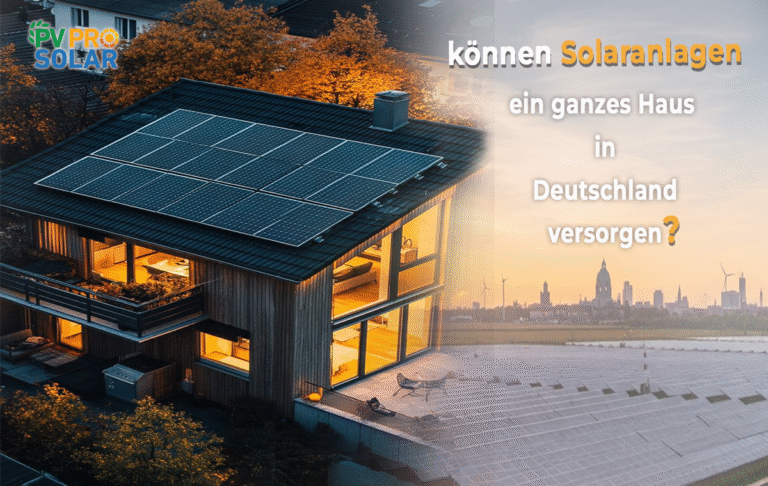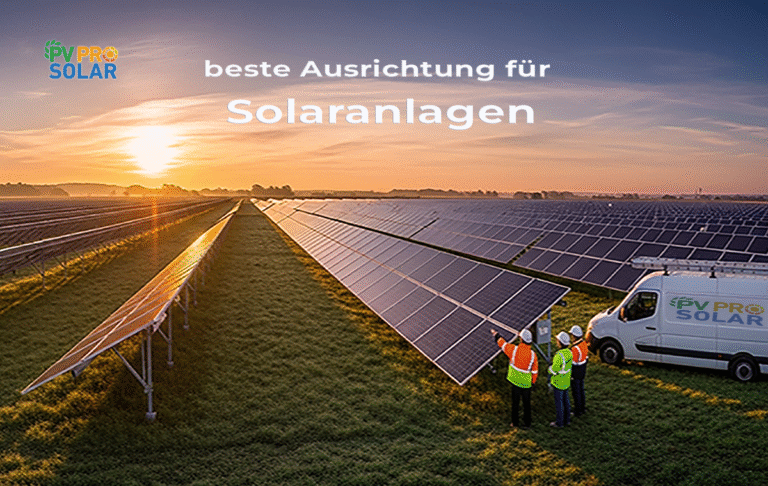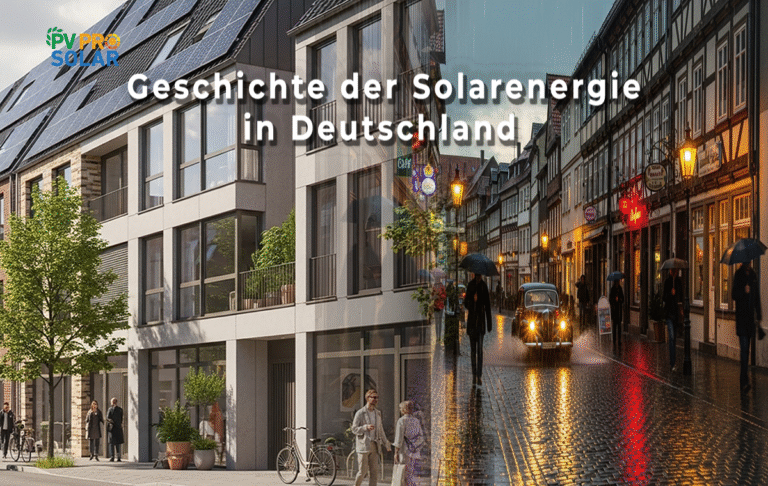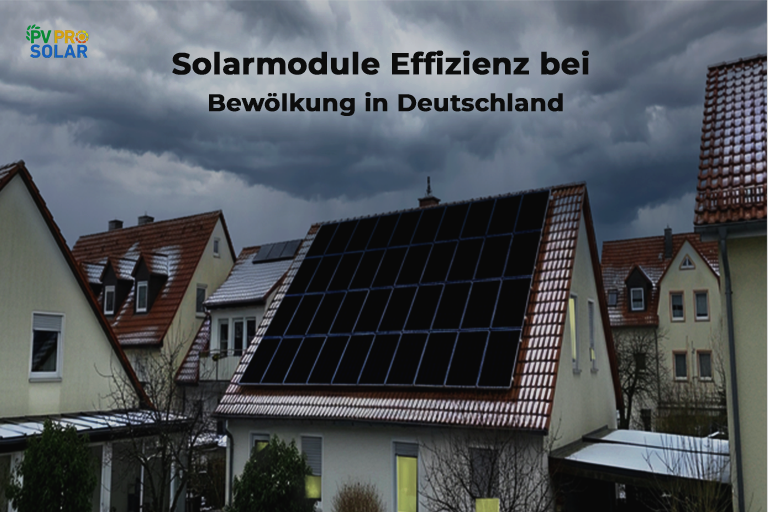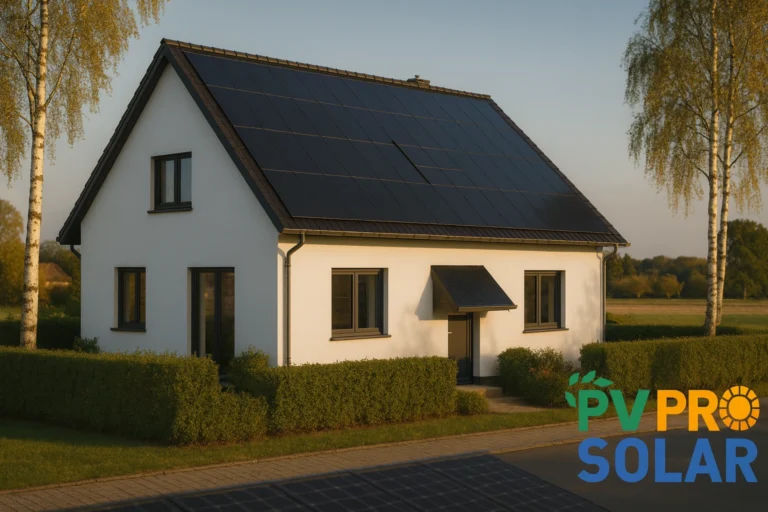Energy Storage Germany Statistics: How Battery Storage is Shaping the Energy Future?
Germany is undergoing a profound transformation in its energy infrastructure. An increasing share of electricity now comes from renewable sources—but wind and solar power don’t always generate energy when demand is highest. This is exactly where energy storage systems come into play. The latest energy storage Germany statistics make it clear: storage solutions—from pumped-storage power plants to modern home batteries—are key to ensuring a stable and sustainable energy supply.
How Has the Energy Storage Market in Germany Developed?
In recent years, Germany’s energy storage market has seen rapid growth. According to industry analyses, over 1.5 million residential storage systems were installed in 2024 alone—an increase of more than 40% compared to the previous year. These figures position Germany as one of the global leaders in decentralized storage technologies.
Several factors are driving this trend:
- Rising electricity prices
- Attractive government incentives
- Growing awareness of energy independence
At the same time, major utility companies are investing in large-scale battery storage systems to balance grid fluctuations and store surplus solar and wind energy for later use.
Why Are Energy Storage Systems So Important?
The energy storage Germany statistics highlight a key fact: without high-performance storage solutions, Germany’s energy transition would be nearly impossible to sustain. Solar and wind power are weather-dependent, and without interim storage, a significant portion of generated energy would go unused.
Storage systems make it possible to consume electricity when it’s actually needed. Home batteries, in particular, allow households to increase self-consumption and reduce reliance on the public grid.
This flexibility is essential for securing the transition to a 100% renewable power supply.
Home Energy Storage: The Boom in Residential Batteries
Private households are playing a significant role in driving market growth. Home energy storage systems are no longer niche products—they’ve become an integral part of modern photovoltaic (PV) installations. A home battery stores excess solar power during the day and makes it available in the evening or at night.
According to the energy storage Germany statistics 2025, the average storage capacity per household is around 10 kWh—enough to cover most of a single-family home’s daily electricity needs.
Benefits for homeowners include:
- Independence from energy providers: Use your own solar power 24/7
- Cost savings: Cut electricity bills by up to 70%
- Sustainability: Reduce CO₂ emissions
- Future-readiness: Compatible with heat pumps and electric mobility
This upward trend is reflected in the growth of battery manufacturers like RCT Power, BYD, and E3/DC.
Germany’s Large-Scale Battery Storage Systems: Giants of the Energy Transition
In addition to residential systems, large-scale battery storage installations capable of holding several megawatt-hours of energy are increasingly being developed. These systems stabilize the grid by compensating for short-term fluctuations.
Germany’s seven largest battery storage projects—often referred to as the “Big 7”—are located in states such as Schleswig-Holstein, Bavaria, and North Rhine-Westphalia. Combined, they offer more than 600 MWh of storage capacity.
Notable examples include:
- Schwerin 2 (Mecklenburg-Vorpommern): One of Europe’s first hybrid large-scale storage facilities
- Schwabmünchen (Bavaria): 50 MWh lithium-ion storage system for grid stabilization
- Lünen (NRW): Germany’s largest urban battery system with over 13,000 modules
These systems ensure a stable power supply—even when sun or wind energy is lacking.
Pumped-Storage Power Plants: The Traditional Giants of Energy Storage
Before lithium-ion batteries became mainstream, pumped-storage power plants were the backbone of energy storage in Germany—and they remain vital today.
With a total storage capacity exceeding 6 GWh, they are indispensable for grid reliability. During periods of low demand, water is pumped into higher reservoirs; when demand increases, it flows back down to generate electricity through turbines.
Although no new large-scale plants are currently planned, existing systems are being upgraded for improved efficiency—ensuring their continued relevance in Germany’s energy storage landscape.
New Battery Technologies: Innovation & Future Trends
Germany’s industry is investing heavily in next-generation battery storage technologies to further advance the energy storage in Germany.
Key trends include:
- Solid-state batteries: Higher energy density, enhanced safety, longer lifespan
- Second-life batteries: Repurposing EV batteries for stationary storage
- Hydrogen hybrid systems: Power-to-gas solutions for seasonal energy storage
These innovations make the vision of a completely CO₂-free electricity supply more achievable than ever before.
Energy Storage and Population: Where Growth Is Strongest
Interestingly, regional data show that states with the highest population also have the most home battery installations. Bavaria, North Rhine-Westphalia, and Baden-Württemberg top the energy storage Germany statistics—not just due to their size, but also because of their high density of rooftop solar installations.
In densely built urban areas, compact home battery solutions are gaining importance. With wide access to subsidy programs, acceptance of energy storage is rising even in cities.
Economic Impact and Investment Potential
The energy storage market in Germany is not only technically relevant but also economically significant. Industry forecasts predict that Germany’s storage sector revenue will exceed €20 billion by 2030.
The combination of photovoltaic systems and home batteries is becoming the standard model for modern energy supply. Manufacturers, installers, and utilities all benefit from the booming market.
Especially in demand are all-in-one solutions with intelligent controls that integrate storage systems with heat pumps and electric vehicles.
Challenges: Raw Materials, Recycling, and Grid Integration
Despite strong growth, the energy storage in Germany statistics and industry face some key challenges:
- Raw material dependency: Lithium, cobalt, and nickel remain scarce and expensive
- Recycling: Efficient recycling systems for used batteries are essential
- Grid integration: Large-scale battery systems require new control strategies to interact effectively with the power grid
The good news: German companies are heavily investing in research and sustainable supply chains to solve these challenges in the long term.
Future Outlook: Energy Storage as the Backbone of the Energy Transition
Looking at the latest energy storage Germany statistics, one thing is clear: this trend is unstoppable. The number of installed systems is growing exponentially, technologies are becoming more efficient, and prices are steadily falling.
In recent years, Germany has shown that innovation and climate action can go hand in hand. A mix of government incentives, technological progress, and rising environmental awareness is driving energy storage expansion at an unprecedented pace.
In the future, storage systems will be even more intelligently connected—from home batteries to Europe’s largest grid-scale storage facilities.
Germany as a Pioneer in the Era of Energy Storage
The energy storage Germany statistics prove it: the country is on a clear path toward energy independence and grid stability. Whether it’s pumped-storage power plants, residential batteries, or industrial-scale storage facilities, all of them play a crucial role in making the energy transition a reality.
With every newly installed home battery, citizens gain greater independence, and the national grid becomes more secure. Germany is no longer just a leader in renewable energy generation, but also in smart energy storage.
Visit PVPro Solar GmbH – Your Partner for Modern Energy Storage Solutions
Thinking about installing an energy storage system at home or expanding your existing solar installation? Visit PVPro Solar GmbH. Here you’ll find expert advice, high-quality products, and custom-tailored solutions for your home. Get informed now and start your journey toward energy independence!
According to current data, there are over 1.5 million energy storage systems, most of them home battery units. The number is growing rapidly each year.
The most common types include battery storage systems, pumped-storage power plants, and increasingly hybrid systems combining hydrogen or thermal storage.
Major installations include those in Lünen, Schwerin, and Schwarze Pumpe—all with substantial storage capacity in the megawatt range.
Yes. Thanks to self-consumption benefits, falling battery prices, and government subsidies, modern home batteries often pay for themselves within a few years. How many energy storage systems are currently installed in Germany?
What types of energy storage are available in Germany?
What are the largest battery storage systems in Germany?
Is a home energy storage system worth it?


